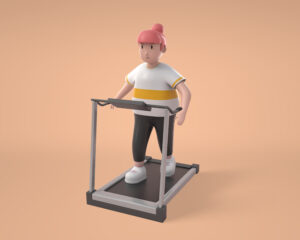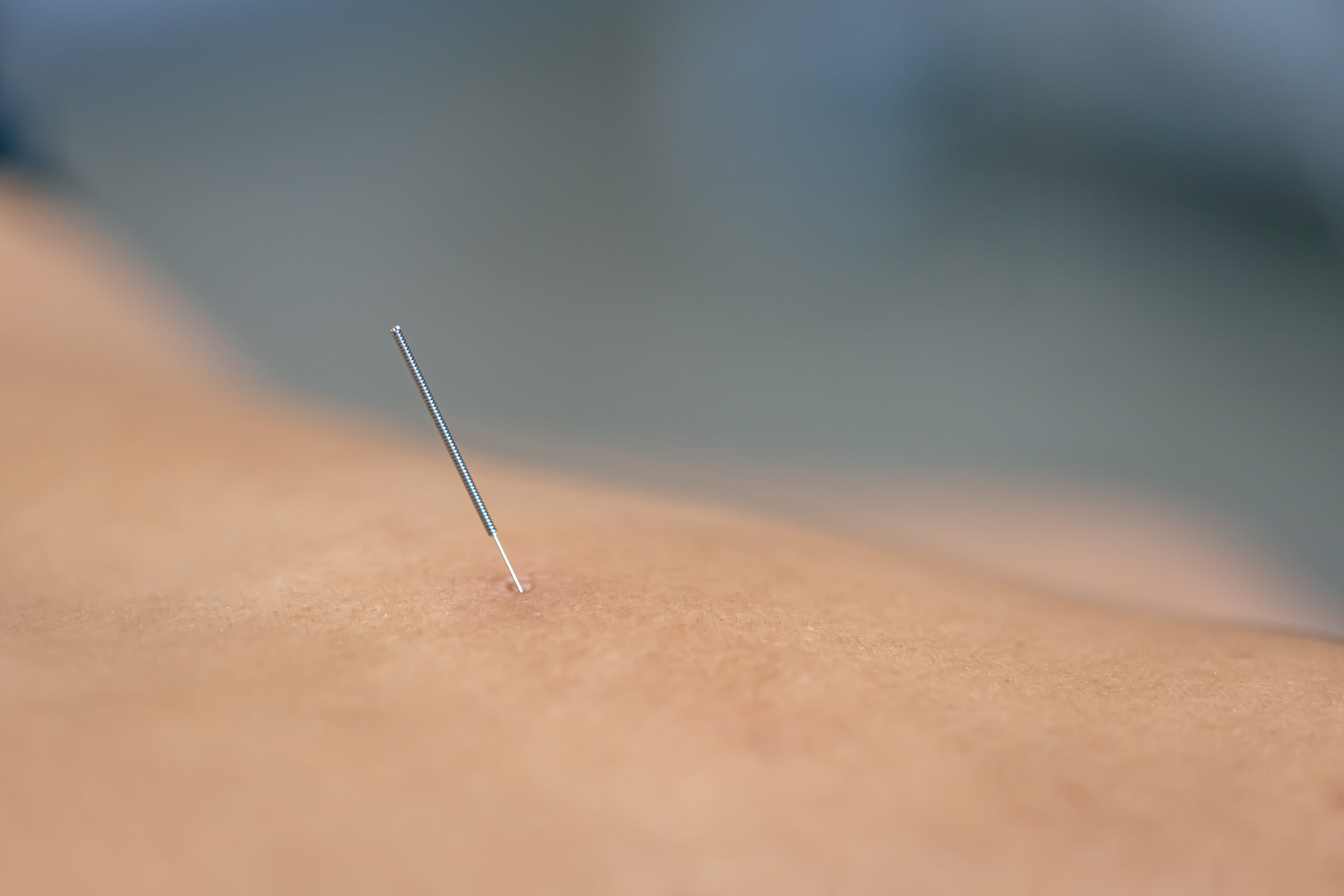Introduction
Our posture plays a crucial role in maintaining a healthy body, especially during pregnancy. As expecting mothers navigate the remarkable journey of childbirth, numerous changes take place within their bodies, impacting their posture significantly. Let’s delve into the intricate world of postural adjustments during pregnancy to understand their importance and how to support the body during this transformative time.
Normal Posture
Before we explore postural changes during pregnancy, let’s establish what constitutes a normal posture. Picture a straight alignment from your ears through your shoulders, hips, knees, and down to your ankles. This alignment ensures optimal balance and reduces strain on various muscles and joints.
Importance of Posture
Maintaining good posture is not just about appearance; it’s crucial for overall health and wellbeing. A proper posture supports your spine, prevents muscle imbalances, and reduces the risk of developing musculoskeletal issues. During pregnancy, the significance of posture is heightened, as the body undergoes numerous changes that can impact alignment and comfort.
Overview of Postural Changes During Pregnancy
Pregnancy brings about a series of physiological changes that directly affect a woman’s posture. These changes are primarily driven by hormonal influences, weight distribution alterations, and the impact on muscles. Understanding these adjustments is key to addressing postural challenges effectively.
Physiological Changes
Hormonal Influence
- Role of Relaxin: Relaxin, a hormone released during pregnancy, loosens ligaments and joints to prepare the body for childbirth. While this is beneficial for delivery, it can lead to decreased stability in the pelvic region and spinal alignment.
- Impact on Joint Mobility: Increased levels of relaxin can enhance joint flexibility but also make them susceptible to overextension, potentially contributing to postural issues.
- Effects on Ligaments: The ligaments supporting the uterus and pelvic region become softer during pregnancy, allowing for the expansion necessary to accommodate the growing baby. However, this can also lead to reduced stability in the lower back and pelvis.
Weight Distribution
- Growth of Uterus: As the uterus expands to accommodate the developing fetus, it shifts the body’s center of gravity forward, altering the way a pregnant woman carries herself.
- Center of Gravity Shift: The shifting center of gravity places increased stress on the lower back and pelvis, impacting posture and potentially leading to discomfort.
- Changes in Spinal Curves: The natural curves of the spine, including the lordotic curve in the lower back and the kyphotic curve in the upper back, may be exaggerated during pregnancy due to the redistribution of weight.
Impact on Muscles
- Weakening of Abdominal Muscles: The stretching of abdominal muscles to accommodate the growing uterus can weaken their support, contributing to postural changes.
- Strain on Pelvic Floor Muscles: The pelvic floor muscles support the bladder, uterus, and rectum. Increased pressure from the growing baby can strain these muscles, affecting posture and leading to potential issues like pelvic girdle pain.
- Role of Exercise in Muscle Support: Engaging in appropriate exercises can help strengthen core and pelvic floor muscles, supporting better posture and reducing discomfort during pregnancy.
Common Postural Issues
Lower Back Pain
- Causes of Back Pain: Postural changes, weight redistribution, hormonal influences, and muscle strain can contribute to lower back pain during pregnancy.
- How to Alleviate Discomfort: Practicing good posture, using supportive pillows, engaging in gentle exercises, and seeking chiropractic care can help manage and alleviate back pain.
- Importance of Proper Body Mechanics: Paying attention to how you move, lift, and sit can significantly impact your back health during pregnancy and beyond.
Rounded Shoulders
- Effects of Breast Growth: Breast growth during pregnancy can lead to rounded shoulders and a forward head posture, exacerbating upper body discomfort.
- Strengthening Exercises for Shoulders: Incorporating shoulder-strengthening exercises into your routine can help correct posture and alleviate discomfort.
- Posture Tips for Preventing Rounded Shoulders: Maintaining awareness of your posture, stretching regularly, and adjusting workstations to promote shoulder alignment are essential preventive measures.
Pelvic Tilt
- Understanding Anterior and Posterior Pelvic Tilt: Anterior pelvic tilt involves the pelvis tilting forward, while posterior pelvic tilt involves the pelvis tilting backward. Both conditions can affect spinal alignment and posture.
- Effects on Spine Alignment: Pelvic tilt issues can lead to imbalances in the spine, potentially causing discomfort and affecting mobility.
- Pelvic Tilt Exercises for Balance: Pelvic tilting exercises can help correct alignment, strengthen supporting muscles, and promote better posture throughout pregnancy.
Preventive Measures
Proper Body Mechanics
- Lifting Techniques: Bending at the knees, keeping a straight back, and avoiding heavy lifting can prevent strain on the back and pelvis.
- Sitting and Standing Posture: Sitting with proper lumbar support, avoiding slouching, and standing with even weight distribution can support healthy posture.
- Using Supportive Pillows: Utilizing pillows behind the lower back while sitting or sleeping can help maintain spinal alignment and reduce discomfort.
Exercise and Stretching
- Prenatal Yoga Benefits: Yoga can improve flexibility, strengthen muscles, and promote relaxation, all of which are beneficial for posture and overall well-being during pregnancy.

- Safe Cardio Workouts: Engaging in low-impact cardiovascular activities like walking or swimming can enhance circulation, reduce swelling, and support a healthy pregnancy.

- Importance of Relaxation Techniques: Incorporating relaxation practices such as deep breathing, meditation, and gentle stretching can relieve muscle tension and stress, benefiting posture and overall comfort.
Posture-Enhancing Tools
- Supportive Maternity Belts: Maternity belts provide additional support to the abdomen and lower back, helping to alleviate discomfort and maintain proper posture.

- Ergonomic Chairs and Pillows: Investing in ergonomic chairs and pillows that support the natural curves of the spine can reduce strain on the back and enhance comfort.
- Guidance from Healthcare Providers: Consulting with healthcare providers, such as physical therapists or chiropractors, can offer personalized recommendations for managing postural changes and discomfort during pregnancy.
Conclusion
In conclusion, postural changes during pregnancy are a natural and expected part of the journey to motherhood. By understanding the physiological influences, common postural issues, and preventive measures discussed in this blog post, expecting mothers can proactively support their bodies and promote optimal posture throughout pregnancy. Remember to prioritize self-care practices, seek professional help when needed, and embrace the transformative experience with grace and confidence.












